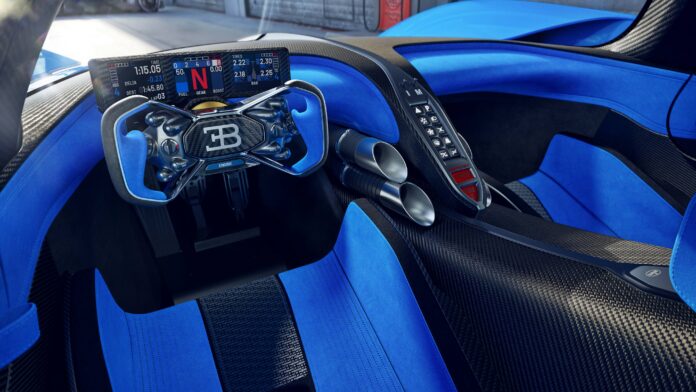Each year, only around 70 or 80 people become owners of a new Bugatti, so the chance to drive one (or even travel in one as a passenger) is very, very limited. Even motoring journalists, who get to test almost every new model, do not readily have access to a Bugatti for test-drives.
So the experience of being behind the steering wheel of one of the brand’s hypercars is rare and even more so for the Bolide, Bugatti’s track-only hyper sportscar. The first of 40 units of the €4 million(about RM20.5 million) Bolide is due in 2024 and Bugatti has now shared what the interior is like. Of course, for each customer, there is likely to be a degree of personalisation, so this is just one example.
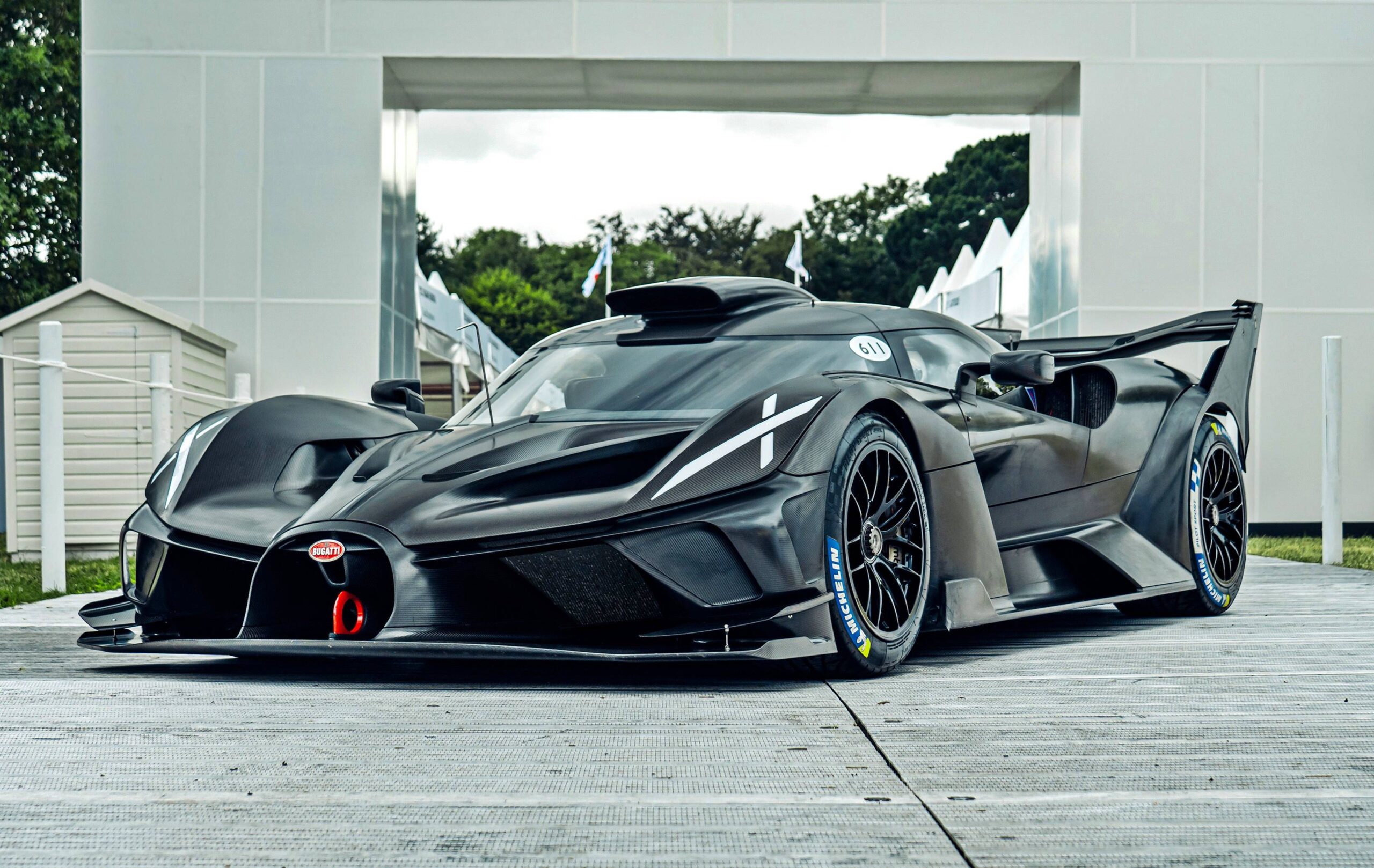
The Bolide’s incredible performance with its 1,600 ps engine necessitated a monocoque even stronger and stiffer than the Chiron’s. This also had implications on interior packaging requirements, but created the opportunity for a new seating position which leans rearwards.

The interior of the Bolide has been exclusively crafted, with optimized racing seats, a high-tech steering wheel and an array of bespoke arrangements that encompass safety, comfort and performance.

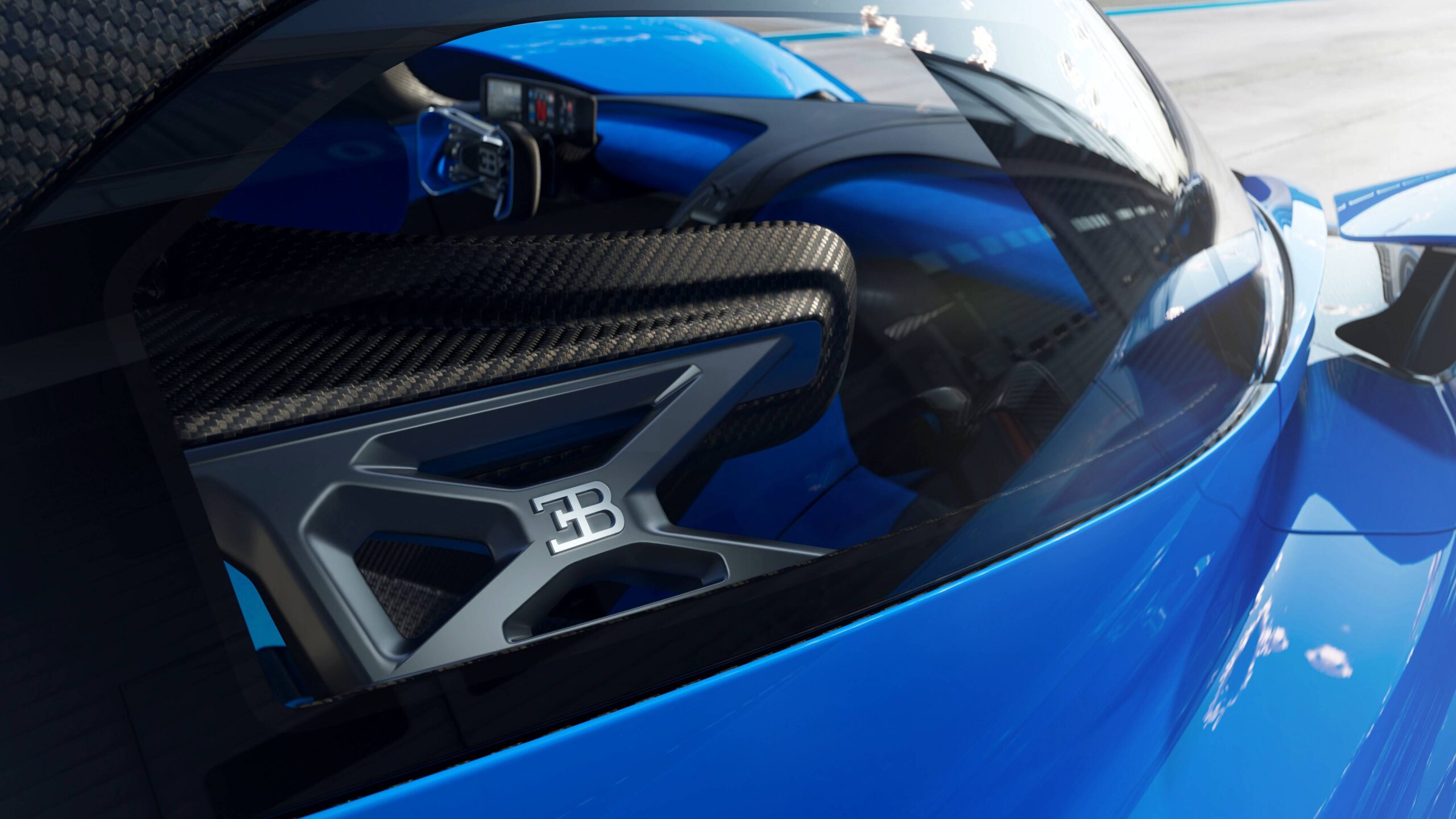
The ‘X-theme’ that is seen on the X-shaped rear lights is also evident in the cockpit. The primary focal point is a visionary steering wheel that at its core has an ‘X-theme’ structure. In essence, the design of the Bolide steering wheel is intended to inspire total confidence as the driver and car become one – especially when taking on the extreme forces during cornering.
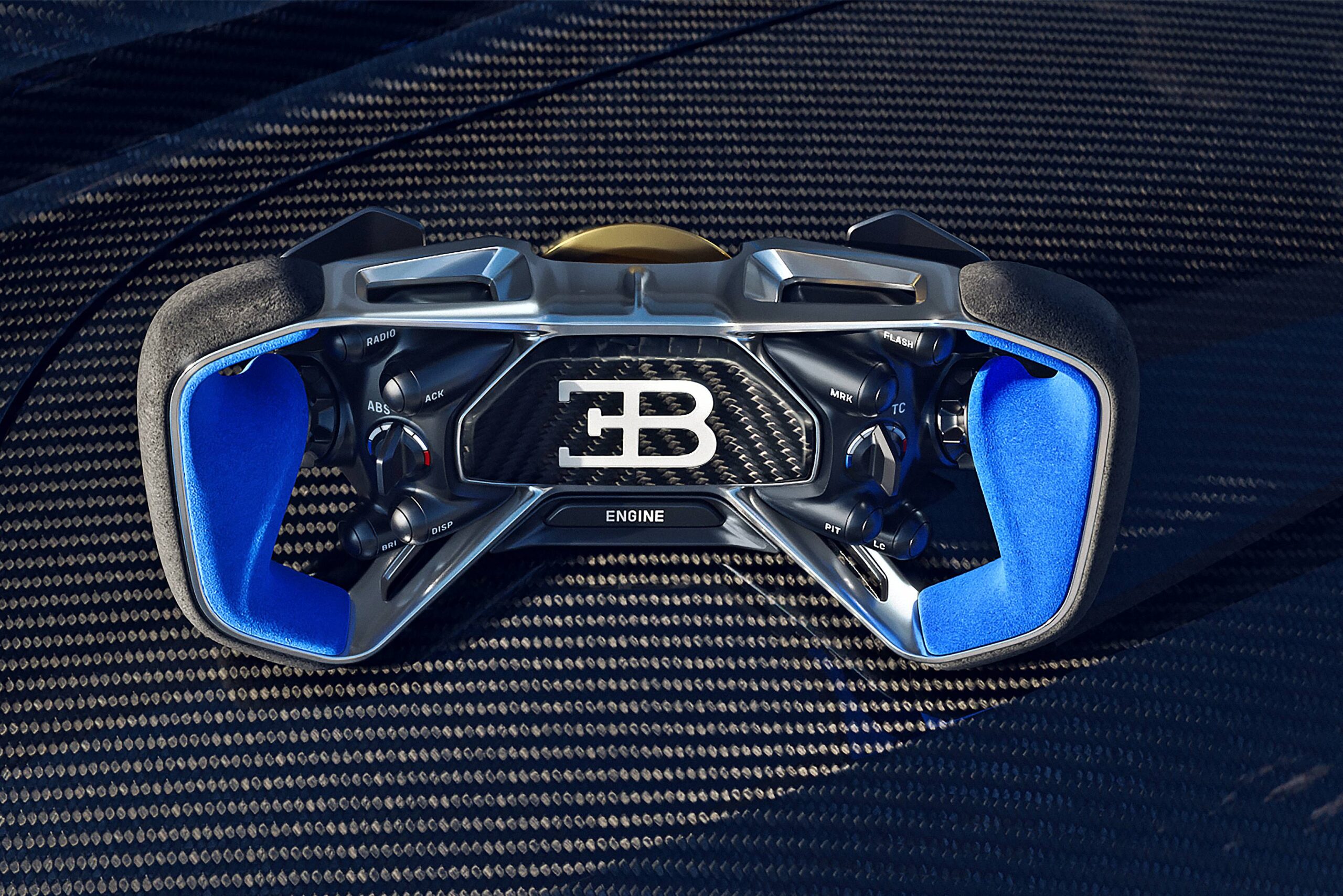
The steering wheel, which possesses an artistic form in its own right, can be easily unfastened, taken out of the cockpit, and placed anywhere to be admired. State-of-the-art modelling software enhanced the development process of the steering wheel, enabling the design team to high-tech 3D shaping with polygonal modelling.
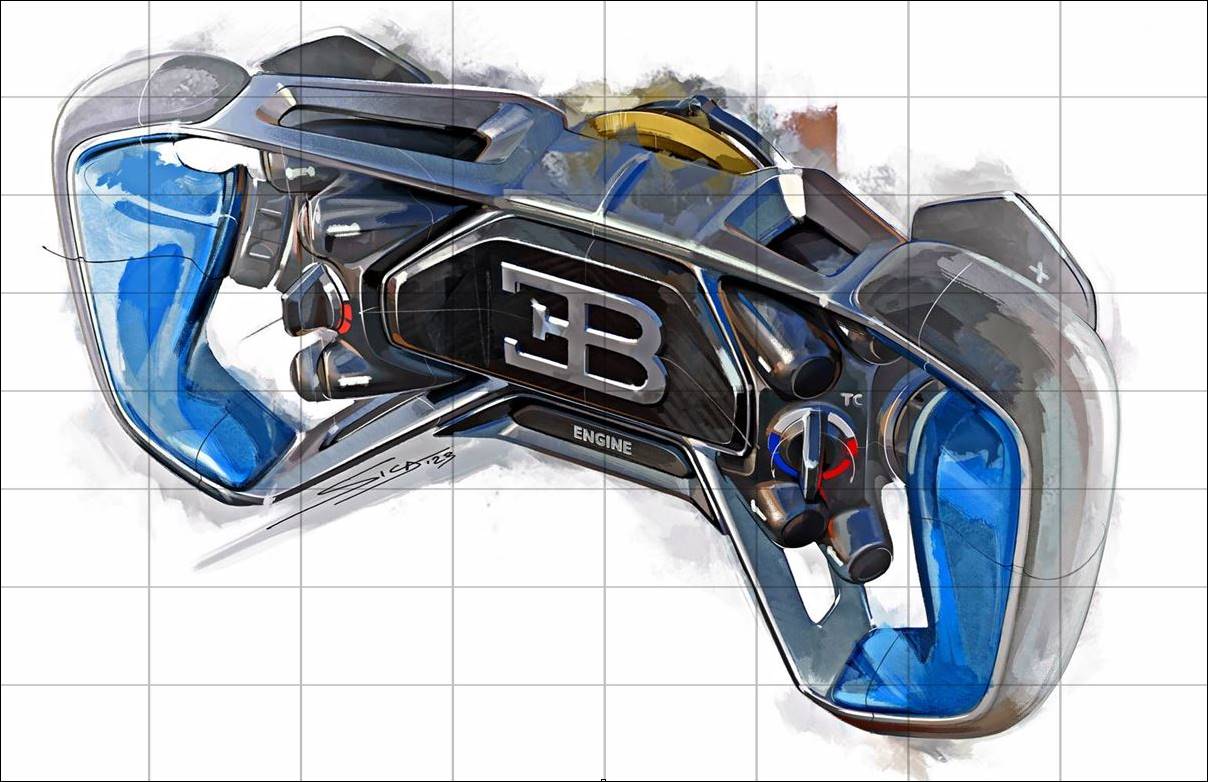
This advanced technique was established by developers from the gaming and visual effects industry. Such a technique allowed the designers to accurately model the steering wheel with all its advanced components and subsystems. Using this innovative process, the team were able to simulate each feature and the varying surfaces of the steering wheel – including the multitude of complex structures, interactions and meeting points – using just polygon meshes.
The entire process also enhanced quality and – equally importantly – sped up the design optimization iterations required for the steering wheel as development progressed. This meant that the team could react in real-time to each new feedback based on testing sessions located on race tracks in various parts of the world.
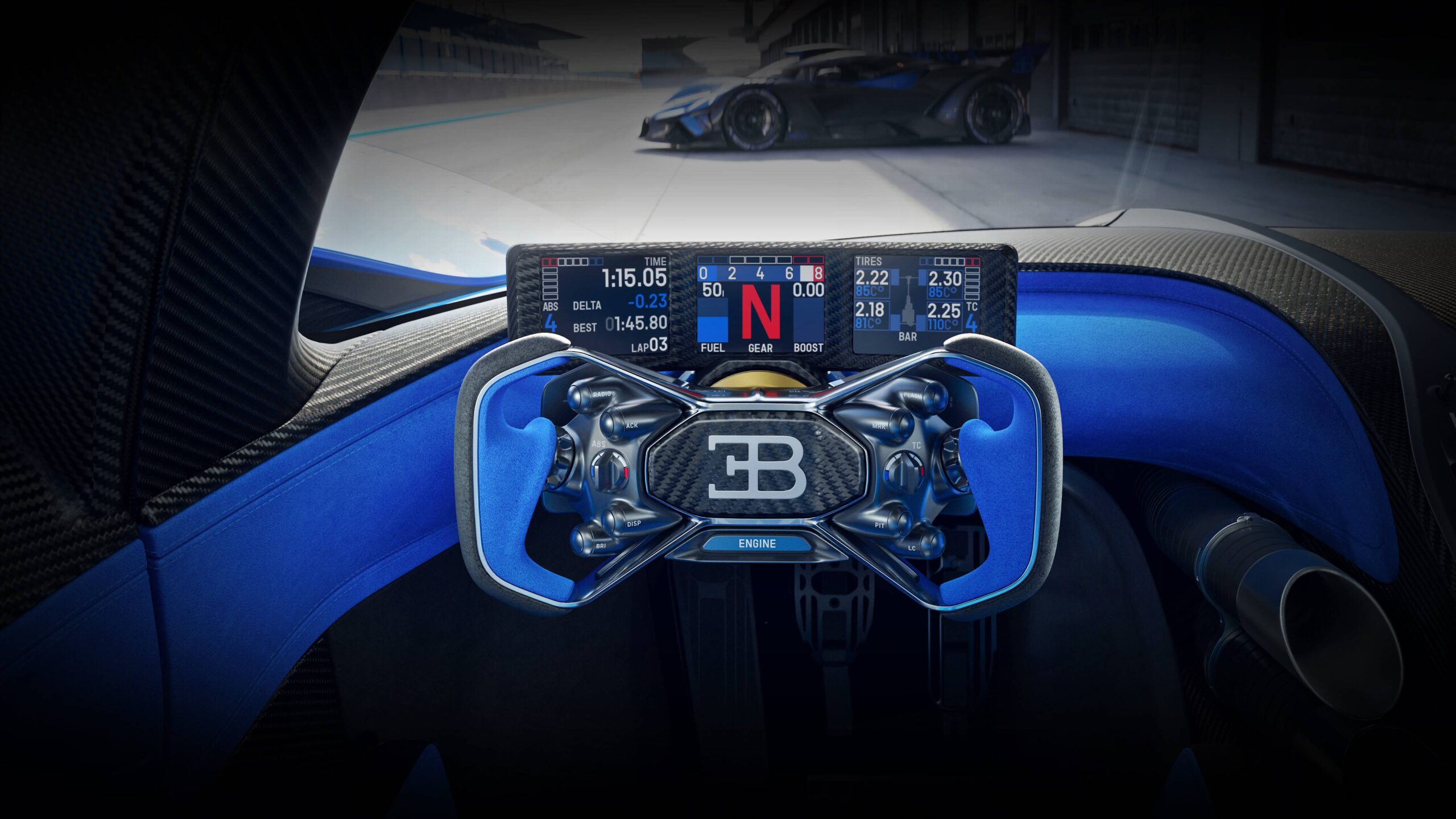
Bugatti’s test drivers provided much valuable feedback, specifying the need for a tight, compact and ergonomic package featuring 8 key buttons placed optimally for ease of functionality. This would make it easier to manage systems when driving at very high speeds on attack and during cornering when the g-forces would be strong.
To be constantly aware of what the car is doing and the status of various systems, there are two display interfaces. The first mode features complex and sophisticated data that was initially requested by the Bugatti test drivers – essentially core motorsport values that the pilot needs to monitor when undertaking a high-performance on-track drive.

The second mode makes available an overview of key information to the driver. This mode provides the opportunity to attain a sense of familiarity when being in command of the Bolide, taking on a greater amount of data inputs, the impact of g-forces and the experience that the Bolide provides.
The Bolide’s seats are also immersed in a striking ‘X-theme’ treatment that is embedded within the multi-pad-design of the seats. To enable perfect comfort attributes and accessibility when entering the car, the outer pads of the seat’s backrest and of the headrest open together with the door, creating an optimal space in which to enter the cockpit.
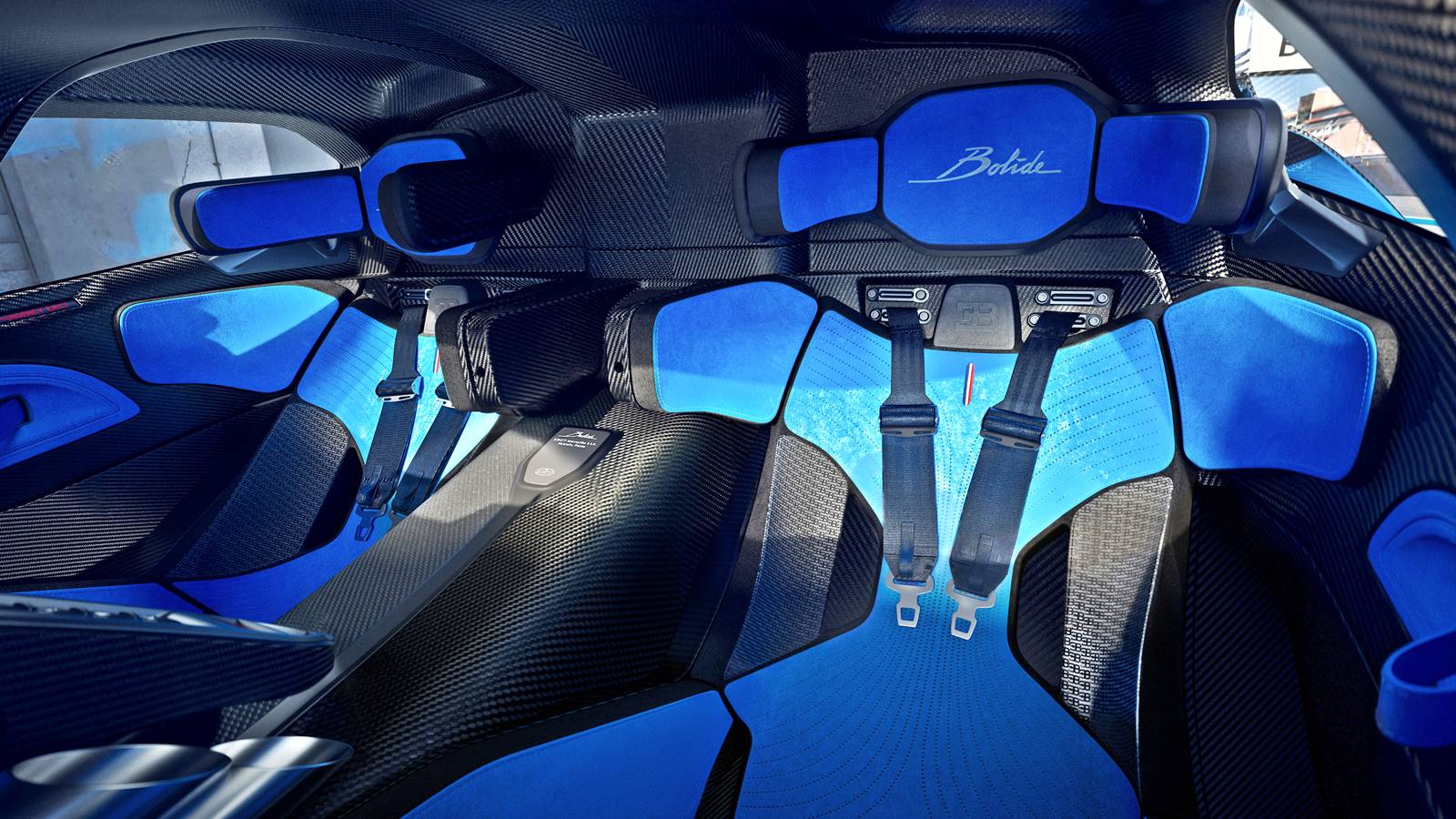
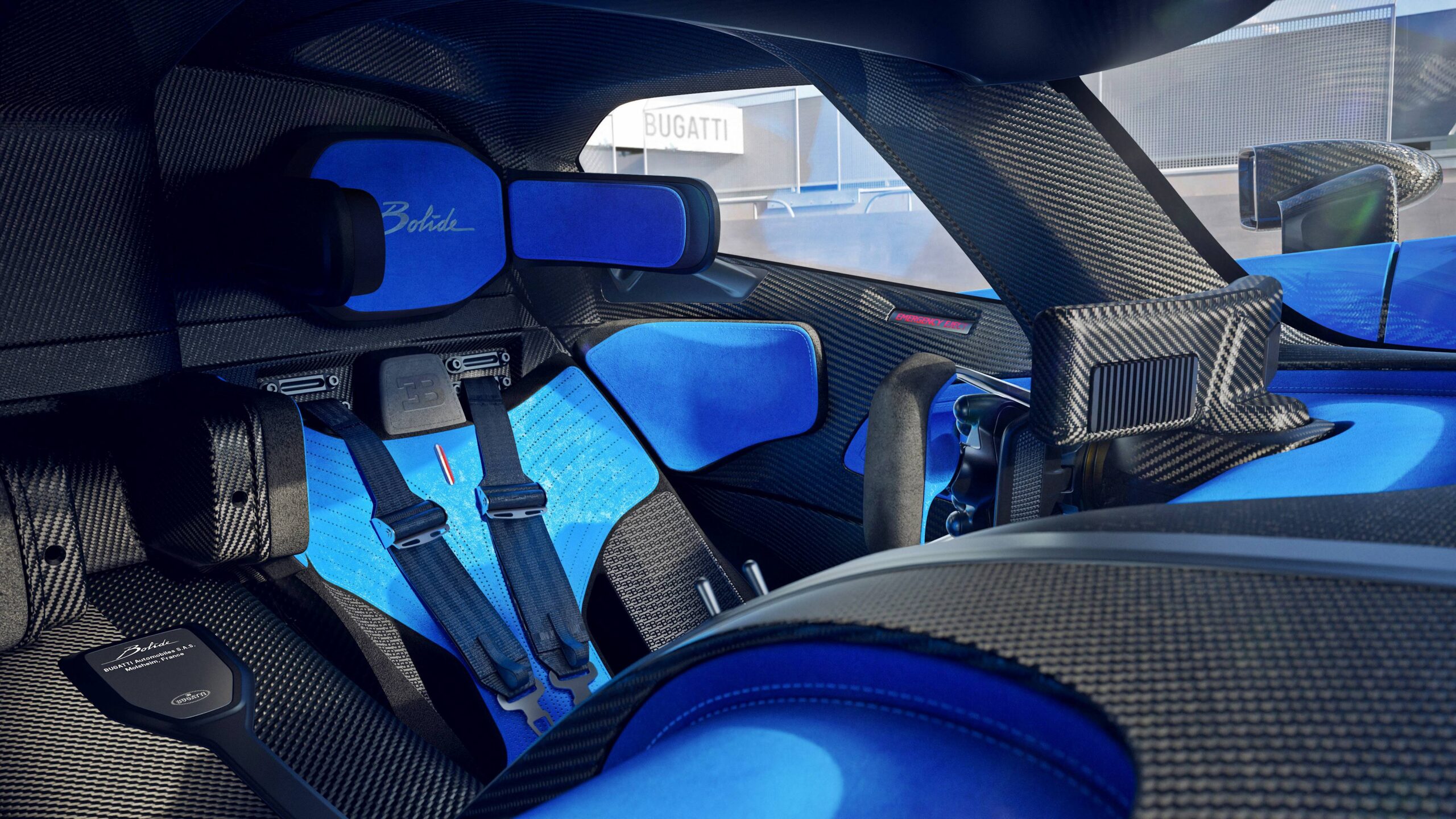
Four seating size options – all of which cocoon the driver seamlessly within the interior of the Bolide – are available, including one seat package that takes in the specific and unique shape of each driver’s body. A range of materials can be specified for the seat, including leather, suede, nappa and Alcantara, and detailing that ranges from dynamic quilting’s into fine laser perforations, staying true to the personalization concept at the heart of each Bolide configuration.

Each future owner of a Bolide has been interacting with the factory and designers to finalise the personalised aspects of their car. At the same time, Bugatti’s test drivers and engineers have also reached the final phase of their work and production of the hypercar can soon begin.
